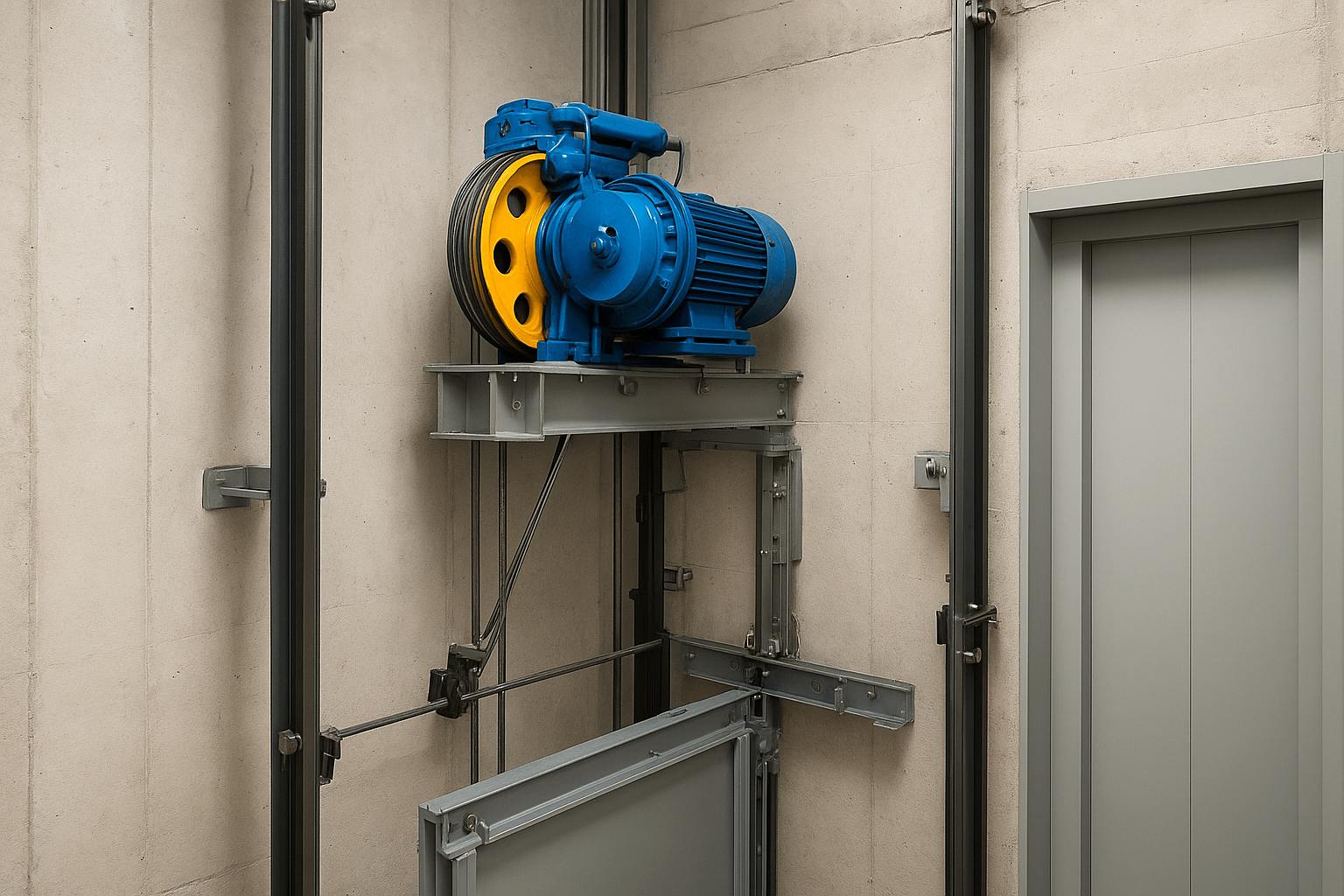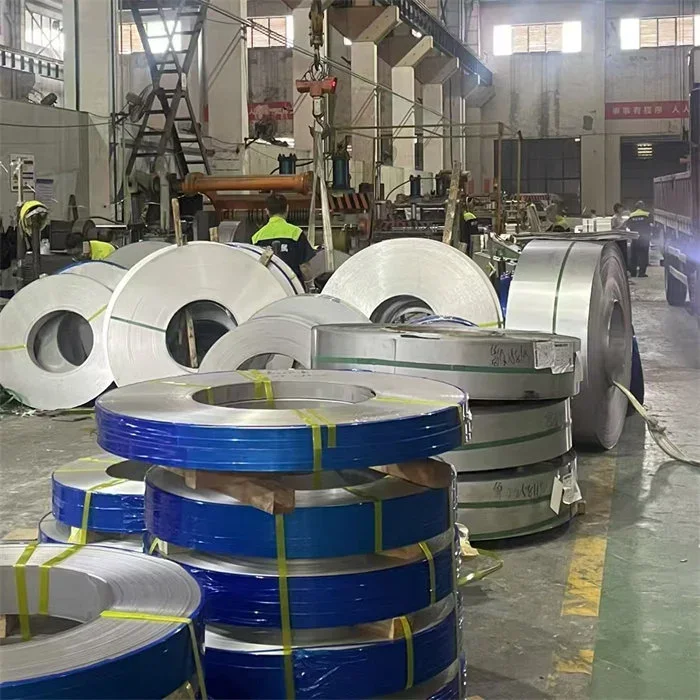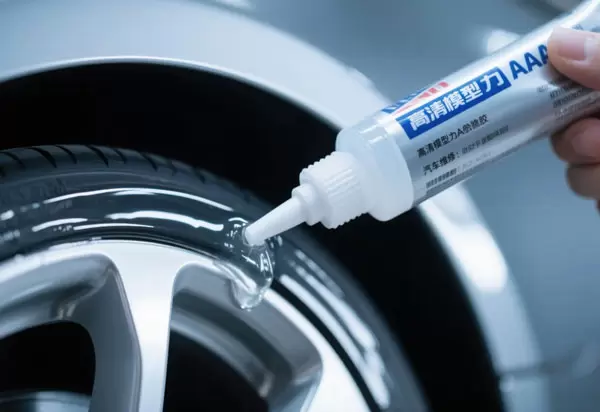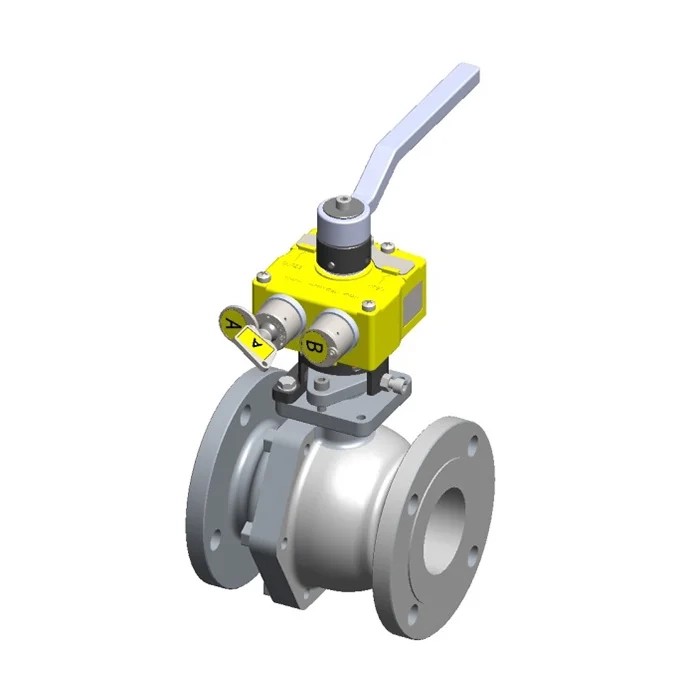High-rise buildings have become an integral part of modern urban landscapes. Skyscrapers, commercial towers, and luxury residential complexes rely heavily on elevators for efficient vertical transportation. In these structures, elevator performance is critical—not only for convenience but also for safety, energy efficiency, and the building’s overall reputation. Understanding elevator parts and their specific requirements in high-rise buildings is essential for building owners, facility managers, and elevator technicians.
1. The Unique Challenges of High-Rise Elevators
Elevators in high-rise buildings face challenges that are less pronounced in low-rise or mid-rise structures. These include:
-
Long Travel Distances: High-rise elevators often travel hundreds of feet in a single trip, requiring robust mechanical and electrical components.
-
High Passenger Traffic: During peak hours, these elevators handle a significant number of passengers, demanding durable parts and fast response times.
-
Energy Consumption: With long travel distances, energy efficiency becomes a major concern. Parts must support sustainable operation.
-
Safety Considerations: Any malfunction in a high-rise elevator can have serious consequences due to the height involved. Safety-critical components must meet stringent standards.
Because of these factors, choosing the right elevator parts for high-rise buildings requires careful attention to design, quality, and compatibility.
2. Key Elevator Parts for High-Rise Buildings
High-rise elevators use sophisticated systems with specialized parts. Below are the essential components and considerations for each category:
a. Hoist Machines and Motors
The hoist machine is the heart of any elevator. For high-rise buildings, gearless traction machines are preferred because they handle long travel distances more efficiently and provide smoother rides. The motor must be:
-
High-capacity and energy-efficient
-
Equipped with precise speed control
-
Compatible with regenerative drives to recover energy during descent
b. Hoist Ropes and Belts
Hoist ropes or belts support the elevator car and counterweights. For high-rise applications:
-
Steel wire ropes with high tensile strength are standard.
-
Ropes must be resistant to fatigue, wear, and corrosion.
-
Regular inspection and lubrication are essential to ensure longevity.
c. Counterweights
Counterweights balance the elevator car, reducing energy consumption and wear on the hoist motor. In high-rise buildings:
-
Counterweights must be precisely calculated based on maximum load.
-
Materials used should provide strength without excessive weight.
d. Guide Rails
Guide rails keep the elevator car and counterweight moving smoothly along the shaft. For tall buildings:
-
High-quality steel with tight dimensional tolerances is required.
-
Anti-vibration measures can improve ride comfort, particularly at high speeds.

e. Control Systems
Advanced control systems coordinate the elevator’s operation:
-
Microprocessor-based controllers optimize elevator dispatching.
-
Destination control systems reduce wait times in busy buildings.
-
Controllers must integrate seamlessly with safety and monitoring systems.
f. Safety Components
Safety is non-negotiable in high-rise elevators. Critical safety parts include:
-
Overspeed governors to prevent free-fall
-
Braking systems capable of holding the car under full load
-
Door interlocks to prevent accidental openings
-
Buffers at the shaft’s bottom to absorb impact in emergencies
g. Cabin Components
Passenger comfort is also essential. Cabin parts like lighting, ventilation, flooring, and handrails should meet aesthetic and functional requirements. High-rise elevators often use high-speed, smooth-operating cabin systems to enhance the user experience.
3. Evaluating Quality and Reliability
When selecting elevator parts for high-rise buildings, quality and reliability are paramount. Here are the key evaluation criteria:
a. Compliance with Standards
High-rise elevator components must comply with international safety standards such as EN 81-1/2, ASME A17.1, or ISO 25745. Certified parts ensure legal compliance and reduce liability risks.
b. Material and Manufacturing Quality
Durable materials reduce maintenance needs. For example:
-
Hoist ropes: high-tensile steel
-
Guide rails: corrosion-resistant steel
-
Motors: premium-grade copper windings
c. Manufacturer Reputation
Trusted manufacturers with experience in high-rise elevator systems provide reliable parts, warranties, and technical support. Reputation matters because mistakes in high-rise elevator systems can be costly and dangerous.
d. Longevity and Maintenance
High-quality parts last longer and require fewer repairs. In a high-rise context, downtime can significantly disrupt building operations. Parts with proven longevity minimize these disruptions.
4. Energy Efficiency Considerations
High-rise elevators consume substantial energy due to frequent trips and long travel distances. Selecting energy-efficient parts can reduce operational costs:
-
Regenerative drives recover energy during descent and feed it back into the building’s power system.
-
High-efficiency motors reduce electricity consumption while maintaining performance.
-
LED cabin lighting and energy-efficient ventilation systems contribute to sustainability goals.
5. Installation and Maintenance
Even the highest-quality elevator parts require proper installation and maintenance:
-
Installation should be performed by certified technicians to ensure correct alignment, calibration, and safety compliance.
-
Routine maintenance schedules, including inspection of hoist ropes, brakes, motors, and control systems, prolong the lifespan of elevator parts.
-
Predictive maintenance using sensors and IoT monitoring can help identify potential failures before they become critical, improving reliability and safety.
6. Modern Innovations in High-Rise Elevator Parts
The elevator industry continuously innovates to improve safety, efficiency, and passenger experience:
-
Smart monitoring systems track performance metrics and predict component wear.
-
Noise and vibration reduction technologies enhance comfort, especially at high speeds.
-
IoT-enabled parts allow remote diagnostics and energy optimization.
-
Lightweight composite materials for cabins and doors reduce load and energy consumption.
Investing in modern, technologically advanced elevator parts ensures that high-rise elevators remain competitive, safe, and efficient for years to come.
7. Conclusion
Elevator parts for high-rise buildings are more than just components—they are critical to safety, efficiency, and passenger satisfaction. Selecting high-quality, compliant, and compatible parts is essential for long-term operational success. By understanding the specific requirements of high-rise elevators, evaluating parts for durability and performance, and working with reputable suppliers, building owners and facility managers can ensure that their elevators operate reliably and safely for decades.
Investing in high-quality elevator parts is an investment in safety, efficiency, and the reputation of your building. Whether upgrading an existing system or installing new elevators, informed decisions about parts selection will yield long-term benefits for both operators and occupants.
Xinlin, as a professional provider of high-quality elevator parts, specializes in supplying reliable components for high-rise buildings. From hoist machines and guide rails to advanced control systems and safety mechanisms, Xinlin ensures each part meets international standards for durability, efficiency, and safety. With years of experience in the elevator industry, Xinlin offers expert technical support, maintenance guidance, and tailored solutions to optimize elevator performance, enhance passenger safety, and reduce operational costs.
www.xinlinelevator.com
xinlinelevator



More Stories
How Automotive Adhesives Enhance Car Interior Assembly
Mechanical Valve Interlocks for Pipeline Safety: Key Considerations
ATLAS COPCO KIT MOTOR OVERHAUL 2901195200